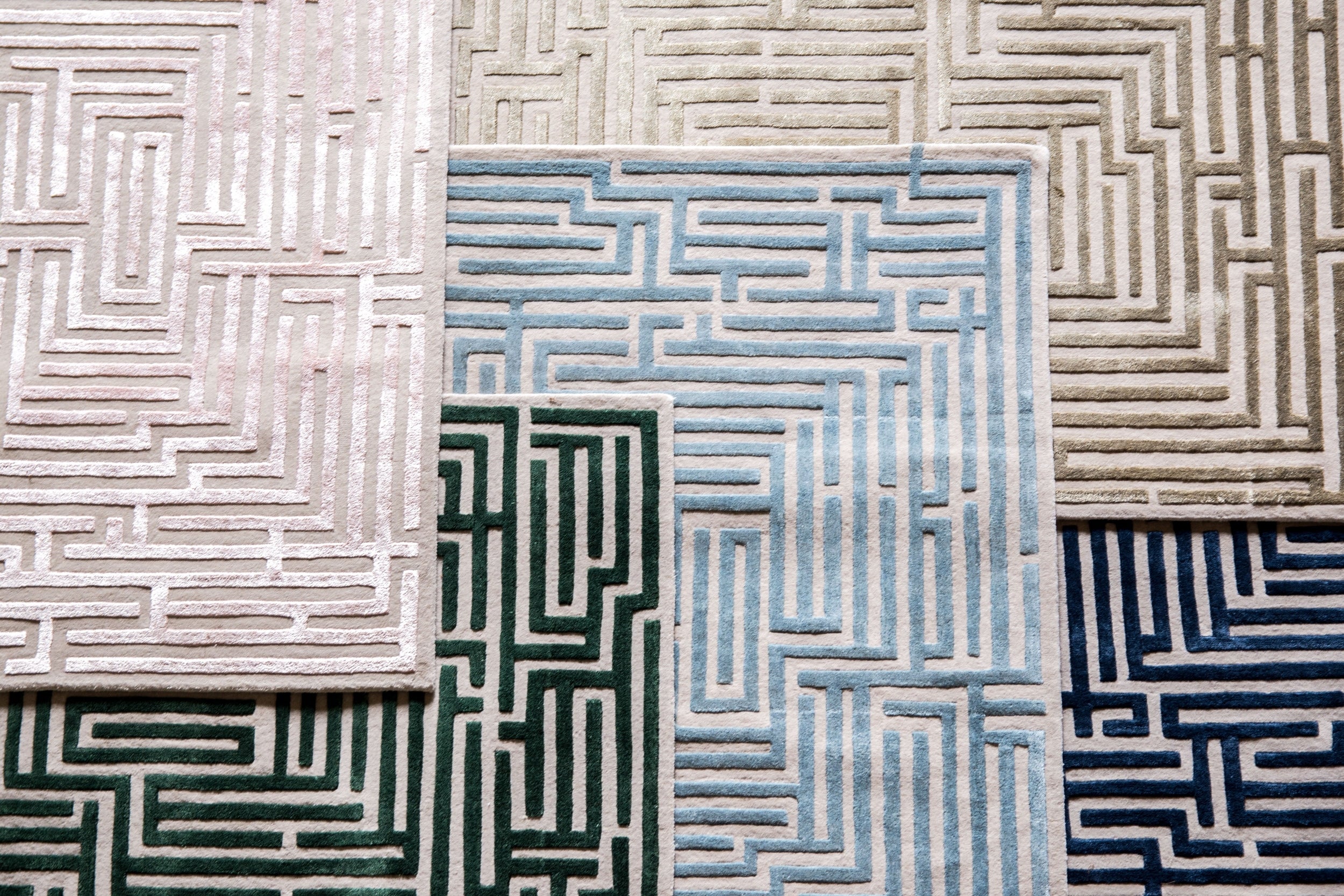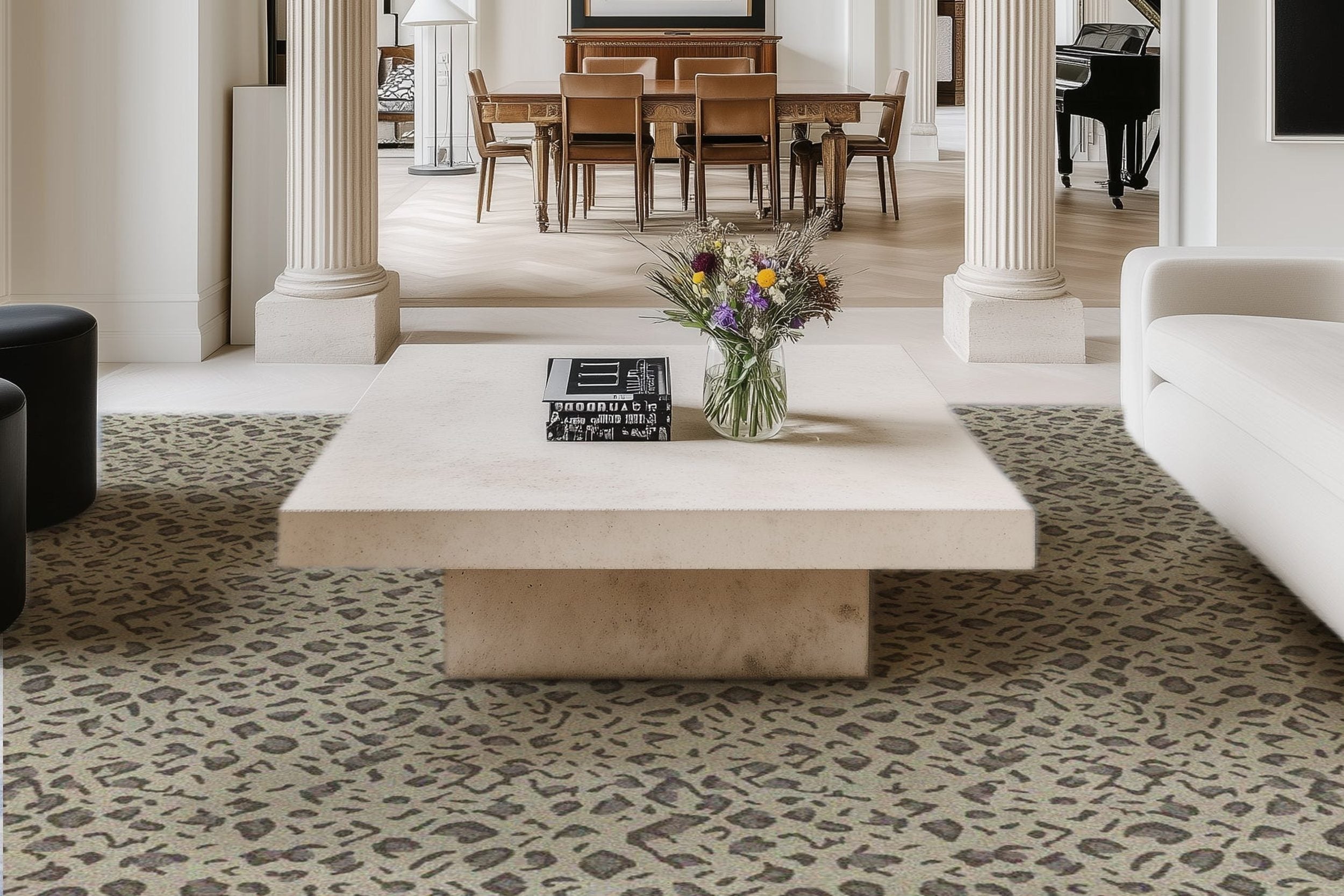Design Considerations for Businesses Going Solar

With energy costs rising and environmental concerns growing, more businesses are turning to solar power to lower overheads and reduce carbon emissions. But switching to solar energy isn't just about installing a few panels and hoping for the best. For commercial solar to truly pay off, it requires careful planning, tailored system design, and long-term strategy.
Below are some of the key design considerations businesses should evaluate when transitioning to solar energy.
Energy Needs and Usage Patterns
Every business has its own energy profile. Some operations run 24/7, while others have peak activity during daylight hours. Conducting an in-depth energy audit is essential before committing to solar. This will reveal how much electricity is consumed, when it's consumed, and which parts of the operation draw the most power. With this data, your solar system can be accurately sized to meet your actual needs, avoiding over- or under-production.
Available Space and Orientation
The amount of usable roof or ground space significantly impacts solar design. Flat commercial roofs are typically well-suited for panel installations, but the structural integrity must be assessed to ensure they can handle the weight. Panel orientation—especially tilt and direction—also affects output. South-facing panels in the UK, for example, generate the most consistent yield, though east-west orientations can still be effective depending on the business's energy usage throughout the day.
Shading and Obstructions
Even partial shading on a panel can dramatically reduce system performance. Trees, chimneys, HVAC units, and even nearby buildings should be factored into the design process. Modern systems can include microinverters or optimisers to mitigate shading issues, but a well-thought-out layout is always the first line of defence against energy loss.
Grid Connection and Battery Storage
Depending on the size of the system and the business's energy goals, grid-tied or hybrid systems may be preferable. Grid-tied systems can export excess energy and earn credits or payments through schemes like Smart Export Guarantee (SEG). Adding battery storage introduces greater flexibility, allowing stored power to be used during off-peak hours or outages. Design considerations here involve choosing the right inverter, planning load distribution, and ensuring compatibility with local grid requirements.
Installation and Compliance
Not all solar systems are created equal. Partnering with a provider that understands commercial requirements is crucial. Choosing a trusted solar PV installation for businesses ensures your system is installed to industry standards, compliant with local regulations, and capable of delivering reliable performance for decades.
Scalability and Future-Proofing
Your business may grow—and your energy needs may grow with it. It's wise to design your solar system with future expansion in mind. That could mean leaving space for additional panels or opting for scalable inverters and battery solutions. Integrating monitoring systems from the outset also provides real-time performance data and helps plan for future adjustments.
Financial and Environmental Returns
Finally, beyond the technical aspects, consider the return on investment. Government incentives, tax relief schemes, and energy bill reductions all contribute to the financial case for solar. On top of that, your sustainability credentials can enhance your brand's image and attract environmentally conscious clients and partners.
In summary, investing in solar energy can be a smart, strategic move—but only if the system is designed with precision. Tailoring the installation to your business's specific needs ensures optimal performance, lower costs, and a more sustainable future.
Browse by Category

Design Projects
Explore interiors from client work and personal renovations — layered, livable, and always in progress.
read more →
Collaborations
From product launches to styled spaces, discover the brand stories I’ve helped bring to life.
read more →
The Notebook
A growing archive of iconic designers, inspiring artists, and unforgettable design moments.
read more →
Travel by Design
Wander with a designer’s eye — from charming hotels and city guides to visual inspiration abroad.
read more →




